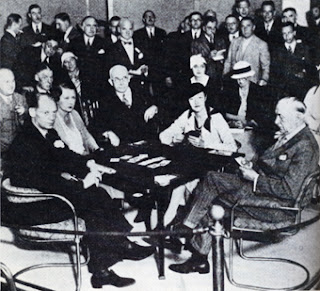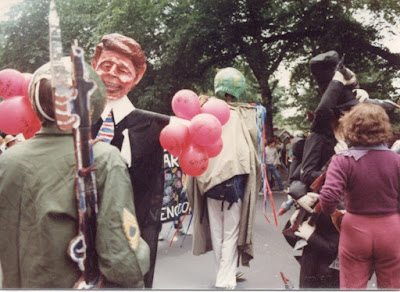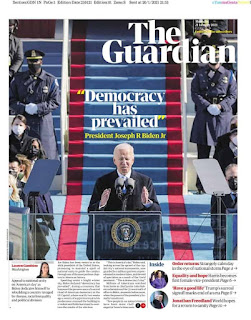-- Susan, every other Sunday
It's difficult to believe how much the world has changed in only a year. A year ago this weekend, I saw a weather report suggesting it might snow in Hakone--a mountain onsen town a little more than an hour from my home in Meguro, where I made many climbs during my 100 Summits year. On impulse, I made a reservation at the highest-altitude ryokan I could find, jumped on a train, and headed for Gora (one of the many small towns in the greater Hakone area).
The seasons play a vital role in Japanese life, as they have for centuries. Even now, the diet and culture of Japan has a distinct (and distinctive) link to the changing seasons. Since ancient times, Japanese poets and artists have celebrated the seasons in their work:
 |
| Calligraphy mine, author unknown |
The poem above was included in a famous 10th century collection of Japanese verse, and translates:
O warbler, sitting on the plum tree branch / you sing to welcome spring / but in the air, the snow still falls.
Since finishing my 100 climbs in the spring of 2019, I have tried to infuse my own life with that this appreciation for the seasons, which includes regular trips to the mountains to experience the seasons, as those ancient poets did.
I arrived at Hakone-Yumoto station and stepped out into a cold, steady rain. There was no snow at all. I felt keen disappointment--not unlike the Heian-period poet who wrote:
I left the city and found my way to this place / longing to meet you / yet my journey was in vain / for now we must say farewell.
I boarded a bus for Gora, hoping that the rain might turn to snow in the night, if it continued raining. As the bus climbed up the mountain, the rain transformed to slush, and then to snow, before my eyes.
 |
| Snow! As seen from the bus climbing into Gora |
 |
| Hakone Ropeway in Snow |
 |
| The caldera of Owakudani, a live volcano in Hakone |
The scene put me in mind of another old poem, this one by Minamoto no Moroyori (1068-1139):
Wide the meadows where / upon my charcoal kiln / the snow is falling in sad solitude / The smoke arises.
I had lunch in a little restaurant atop the volcano, watching clouds of steam rise from the caldera to meet the falling snow. The weather was cold enough that the snow prevailed, reached the ground, and piled up in drifts everywhere except the fumaroles where the volcanic steam emerged from the earth.
After lunch, I headed for Gora Park, which sits on the mountainside just below the ropeway. As I hoped, the park (which is also home to a number of historic teahouses, moved there for purposes of preservation as the Hakone area was developed) offered a perfect opportunity to experience winter as Japanese poets did. The snow had stopped falling, but I was almost entirely alone at the park.
As I walked the silent, forested paths, I felt an ever-deepening awe at the silent beauty of the trees and snow.
 |
| Gora Park, January 2020 |
In Japanese poetry, snow is often used as a metaphor for age (a reference to the white hair people fortunate enough to live long lives are privileged to acquire). As another tenth century poet wrote:
The spring sun cannot melt this snow [and reverse the effects of age].
Snow also carries many other meanings, and appears as a central feature of Japanese poetry throughout history.
Early in the morning / The storm wind / over my garden gusts, yet / Upon the fallen snow, no trace it leaves. --Fujiwara no Tsuneie (1149-1209)
The first snow has fallen. -- Nakazane




































































